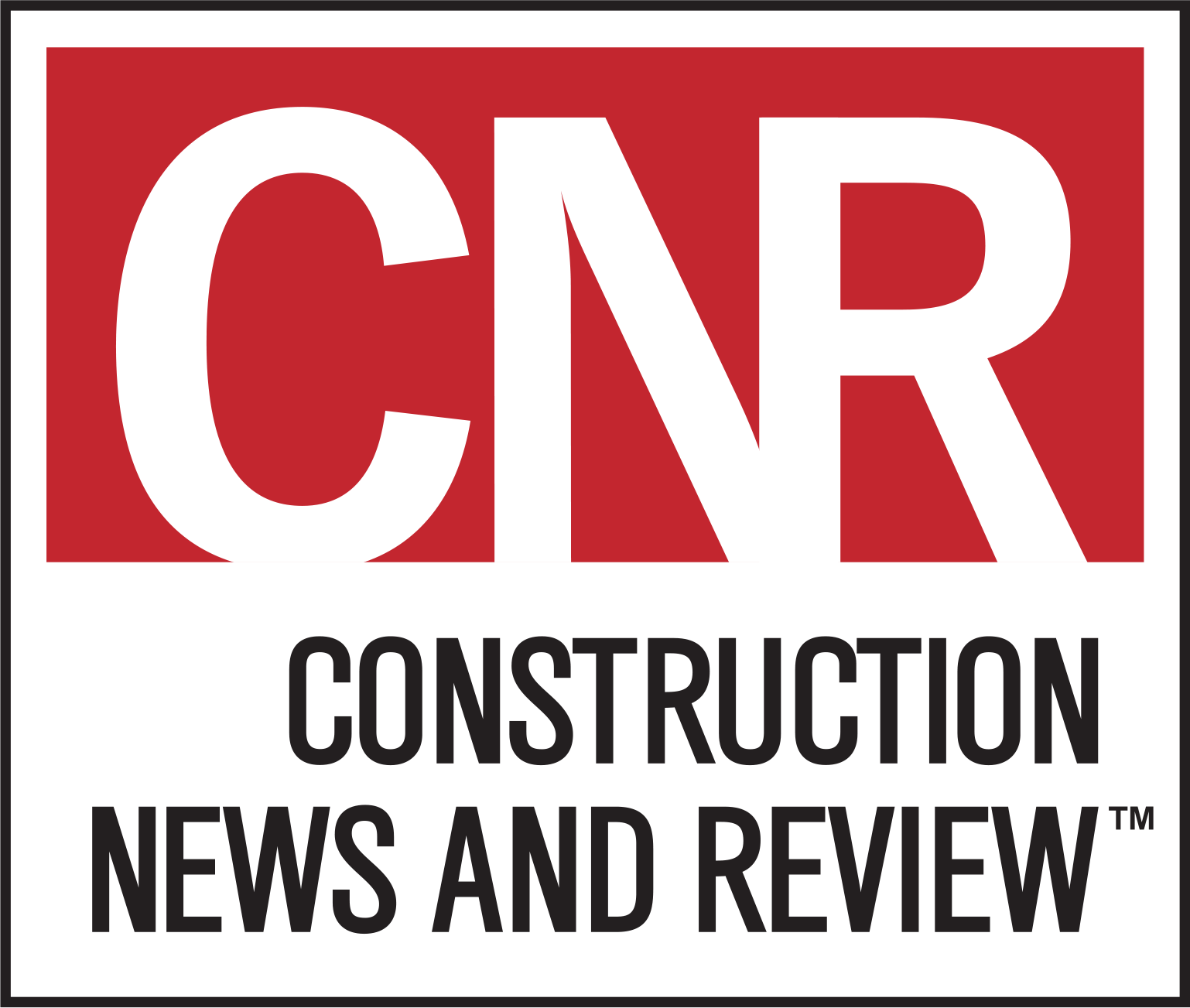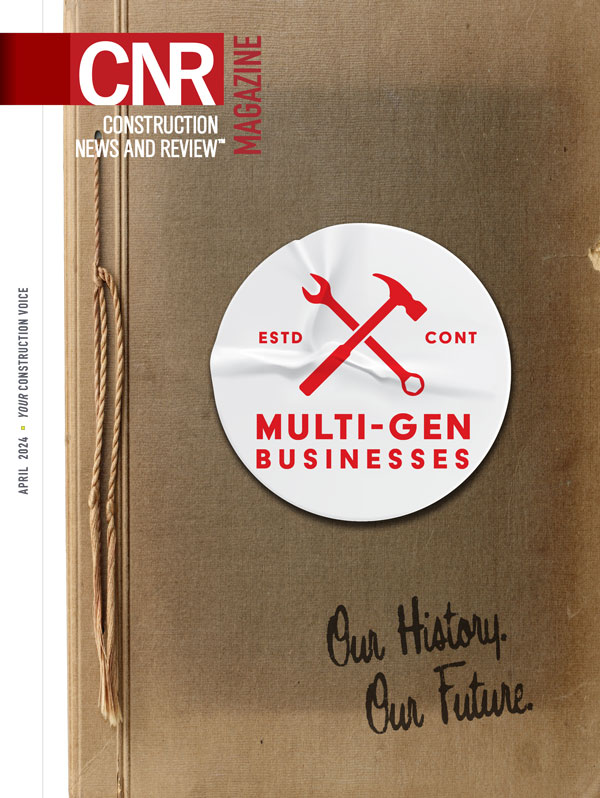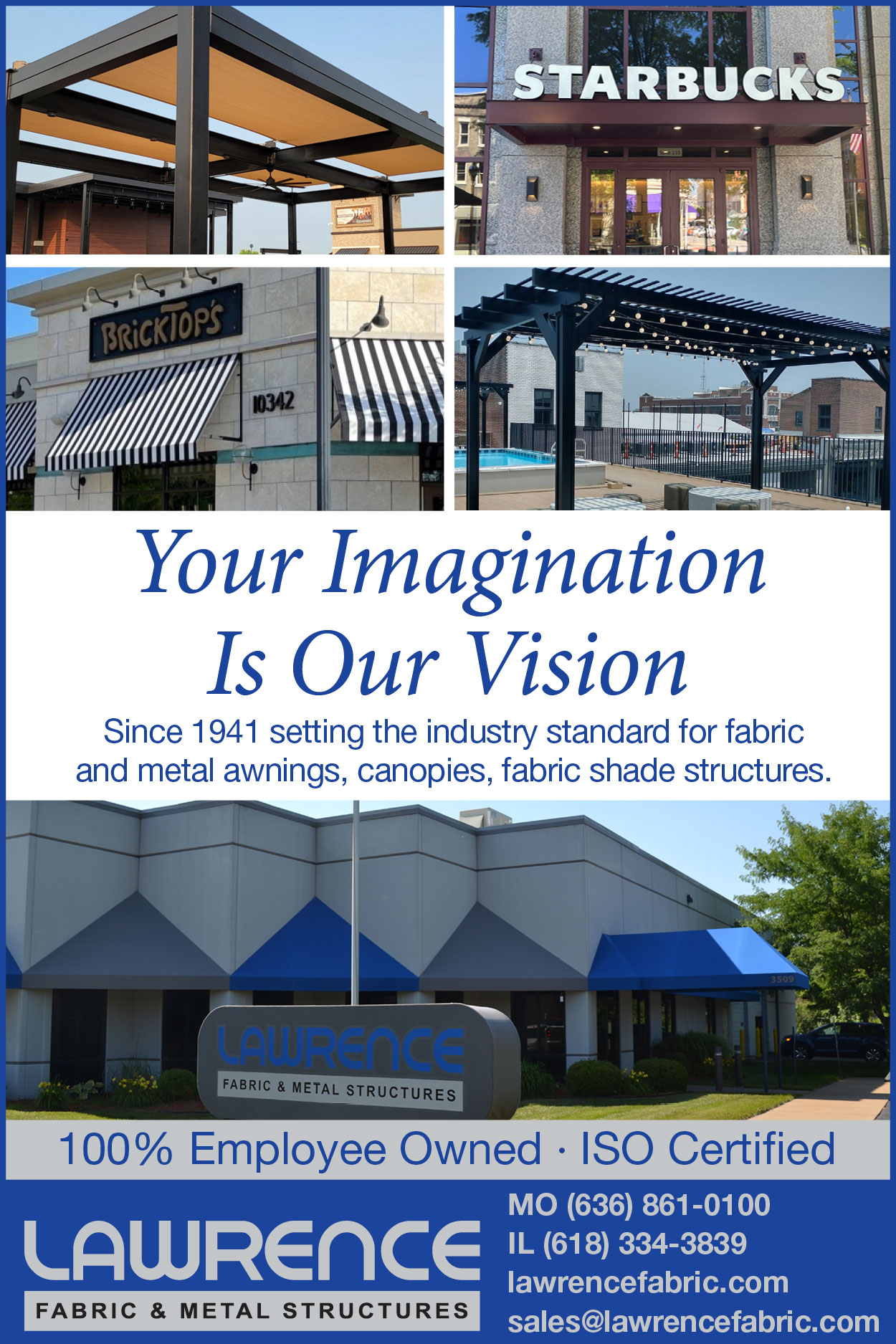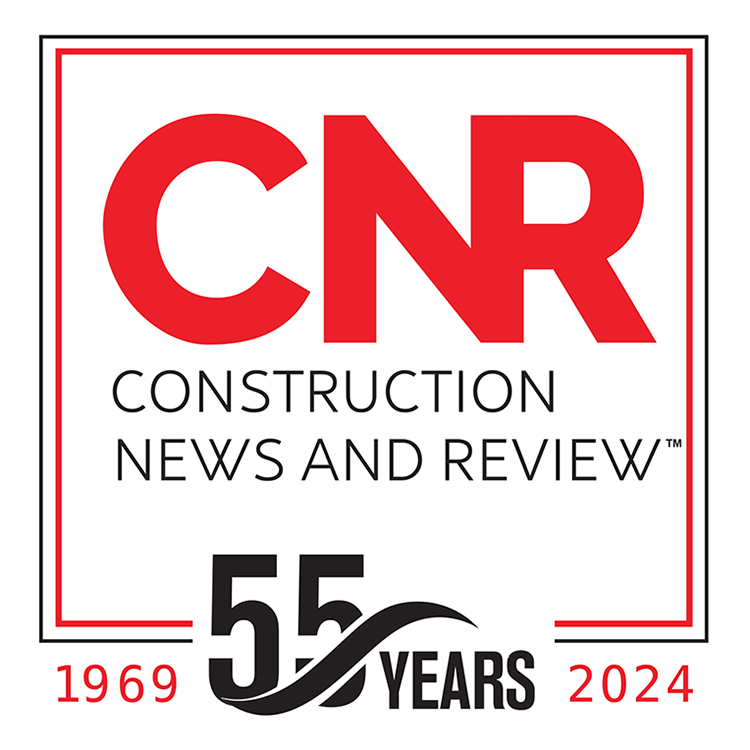Use Your Company’s Talent and Intellectual Capital to Win Marketing Gold
By STEPHANIE WOODCOCK
In the AEC (architectural, engineering, construction) industry, marketing challenges and priorities differ from a company that sells a specific product or widget.
AEC companies don’t have a widget to sell. Rather, they are selling owners their talent and intellectual capital.
Talent and intellectual capital.
The term intellectual capital is defined as the value of a company’s employee knowledge, skills, business training, or any proprietary information that may provide the company with a competitive advantage.
It’s considered an asset and includes all informational resources a company has at its disposal to drive profits, gain new customers, or improve the business. It includes intangibles that improve the company’s bottom line.
That’s our intellectual capital.
It’s a secret weapon to getting business.
How do we represent both in an owner presentation and throughout the sales cycle?
In a presentation, we can’t be too snazzy or slick in marketing. We need to know enough about the process to showcase the essence of your company’s quality. Give your firm’s intangible assets meaning to show how they all contribute to the bottom line for your client.
THE CHALLENGE
Problem #1: The non-physical attributes of services might be tough for purchasers to visualize.
Problem #2: The technical aspect can become a deterrent to understanding the full capabilities of an AEC company.
Problem #3: We risk oversaturating presentation meetings with technical jargon.
The fact that every project is so different differentiates our industry from most others.
Every project – even within a specialty – is different. For example, a heavy industrial project has site conditions, design loads and permitting requirements that vary widely from sites even in the same region.
When goals aren’t clear because they are not presented in an understandable manner, justifying the purchase becomes harder for the owner and the value of these services might not be communicated clearly and effectively.
As an AEC firm, define your prospective client’s goals. Is the owner/buyer prioritizing design-build, innovation, sustainability, fixed price, a budget-friendly delivery or an accelerated schedule? How will your “capital” address those goals?
Marketing Tip: In your presentation, admit right away the challenges that the AEC company faces.
Some of our services are more technical than others. The value of these services might not be immediately absorbed in this first meeting with the project owner. There are more details and explanations in this proposal. We are not going to be able to address all technical questions in this meeting. But here are our core capabilities that will address the overall project demands and owner goals.
The Solution: Our goal is to market multifaceted, intangible assets to create a tangible demand for our “product.”
By giving a company’s intangible assets context and making it accessible to the buyer, we increase demand and lead generation.
We can’t do this by “dumbing it down.” Buyers and owners are smart. We have to market ideas and content with the intention of drilling down into the hard facts and data of our proposal and brief.
How do we best set the stage for the technical jargon we will be presenting in our proposal? We do this with a balance of showing our work process and innovation, but also giving recognition to how we got there. We show them the process as well as the “product.”
Your internal marketing team needs to know enough about the process to express it in understandable terms, and when to turn it over to the technical team to relay the technical aspects of the project.
Marketing needs to help make all that relatable. It’s a team effort. In other words, everyone needs to know and love the “secret sauce.” Everyone needs buy into what makes the company great.
No matter your product, service or technical data, people respond to emotion and relationship – and to trust.
Making that connection between technical jargon/facts and processes to our overall company culture and identity helps establish trust.
Marketing connects the dots. It is not extraneous.
Quality, talent, intellectual capital and culture are not easily understood terms until they are given context and a story. Marketing does that. And when a story is told about how your intellectual capital helped achieve a client’s goal, then we have marketing gold.
Case studies are a great way to tell that story. Direct quotes from employees, clients, trade partners and partners – specifics about the technical difficulties in a project and overcoming those with innovative and proprietary solutions – all add to the magic of explaining your firm’s intangible assets.
In fact, once you have your marketing message established, knowing precisely how to tell this story well builds intellectual capital, too.
Some AEC companies are prone to ignoring the need for marketing, thinking they are exempt because their product and service is so serious and complicated. But technical jargon without a message or throughline will miss the mark, going by the wayside as uninteresting and not understandable, with no story or glue to make it stick.
Many companies in our industry are consolidating. Construction companies own engineering or manufacturing companies or vice versa. All have technical data to sell. Customer profiles are different. One customer is an owner, one is a contractor or engineer, supplier, developer, dealer, distributor. All have technical intangibles to sell.
Each company needs to identify and create customer profiles, while maintaining brand culture and maximizing brand positioning to increase cross selling.
Catering the marketing tactics, while also keeping the marketing strategy consistent across all sister companies or business units, is essential. (More on tactics and strategies in our next article.)
AEC firms improve the quality of life for communities. They are making a difference in the world. That story – no matter how technical – needs to be told.
Stephanie Woodcock is president of Too! Creative. She can be reached at stephanie@toocreativestl.com.
Fresh Content
Direct to Your Inbox

YOUR RESPECTED INDUSTRY VOICE
Join CNR Magazine today as a Content Partner
As a CNR Content Partner, CNR Magazine promises to support you as you build, design and engineer projects not only in and around St. Louis, but also across the U.S. CNR is equipped and ready to deliver a dynamic digital experience paired with the top-notch, robust print coverage for which you’ve always known and respected the magazine.






